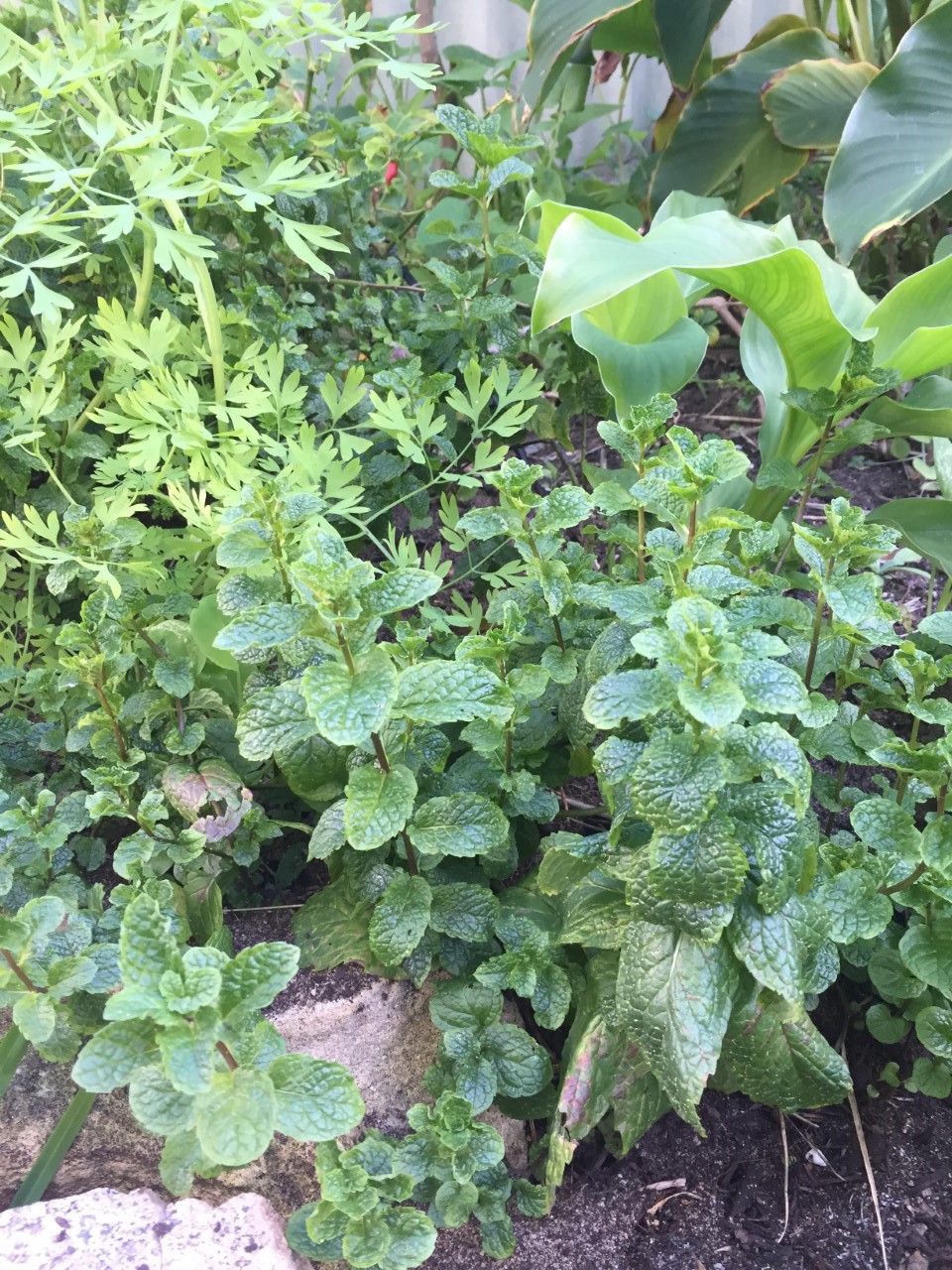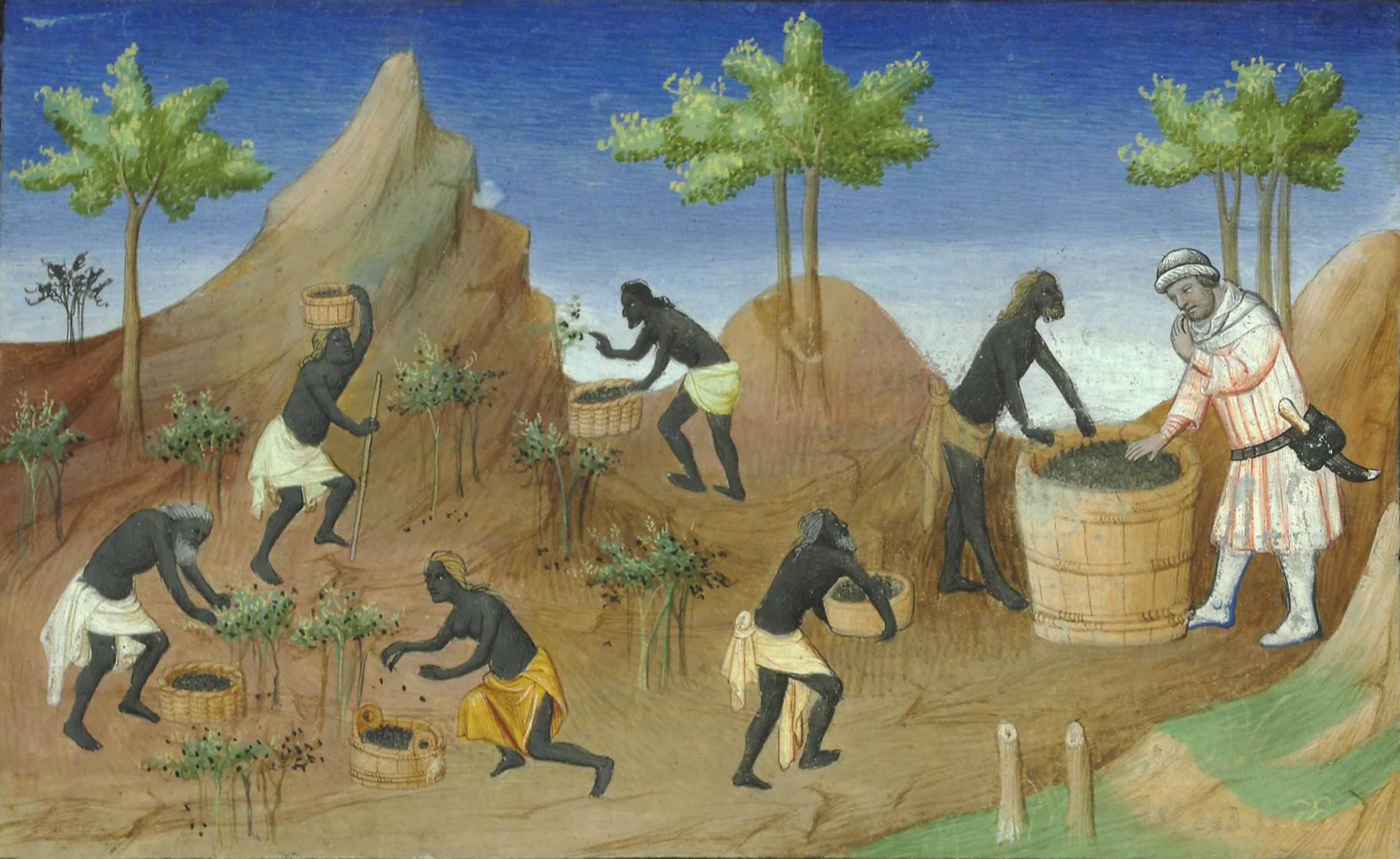|
Chabis
Chabis is a French cheese with a delicate flavour and a texture that becomes firmer as it matures. Chabis is a soft cheese produced without heating or pressing, using goat's milk. It features a "croûte fleurie" coating of soft white mould reminiscent of such better known cheeses as Camembert. Originating in the Nouvelle-Aquitaine region of western France, the cheese is formed in small discs each of approximately 100 g. Both farm-produced and factory-manufactured versions exist. The best time of year for Chabis is between April and August, though it can be enjoyed through from March until December. Ideally, the cheese should be left to ripen for about twenty days following manufacture. Herbs In general use, herbs are a widely distributed and widespread group of plants, excluding vegetables and other plants consumed for macronutrients, with savory or aromatic properties that are used for flavoring and garnishing food, for medicinal ... and spices are frequently ad ... [...More Info...] [...Related Items...] OR: [Wikipedia] [Google] [Baidu] |
List Of Goat Milk Cheeses
Goat cheese is produced using goat milk, the milk of domestic goats. Goat milk is commonly used to make cultured dairy products, including cheese. Myriad goat milk cheeses are produced around the world. Varieties * Anari cheese * Añejo cheese – a firm, aged Mexican cheese traditionally made from skimmed goat's milk, but most often available made from skimmed cow's milk. * Anthotyros * Banon cheese * Bastardo del Grappa * Brunost (known as when made with goat milk) – a Norwegian brown goat cheese with a sweet flavor profile * Bucheron – native to the Loire Valley in France * Cabécou * Cabrales cheese * Caciotta * Caprino cheese * Castelo Branco cheese * Cathare * Chabichou * Chabis * Chevrotin * Circassian cheese * Circassian smoked cheese * Couronne lochoise * Crottin de Chavignol * Dolaz cheese * Faisselle – a non-protected French cheese made of raw milk from goats, cows or sheep * Feta * Formaela * Garrotxa cheese *Gbejna ... [...More Info...] [...Related Items...] OR: [Wikipedia] [Google] [Baidu] |
France
France (), officially the French Republic ( ), is a country primarily located in Western Europe. It also comprises of overseas regions and territories in the Americas and the Atlantic, Pacific and Indian Oceans. Its metropolitan area extends from the Rhine to the Atlantic Ocean and from the Mediterranean Sea to the English Channel and the North Sea; overseas territories include French Guiana in South America, Saint Pierre and Miquelon in the North Atlantic, the French West Indies, and many islands in Oceania and the Indian Ocean. Due to its several coastal territories, France has the largest exclusive economic zone in the world. France borders Belgium, Luxembourg, Germany, Switzerland, Monaco, Italy, Andorra, and Spain in continental Europe, as well as the Netherlands, Suriname, and Brazil in the Americas via its overseas territories in French Guiana and Saint Martin. Its eighteen integral regions (five of which are overseas) span a combined area of ... [...More Info...] [...Related Items...] OR: [Wikipedia] [Google] [Baidu] |
Cheese
Cheese is a dairy product produced in wide ranges of flavors, textures, and forms by coagulation of the milk protein casein. It comprises proteins and fat from milk, usually the milk of cows, buffalo, goats, or sheep. During production, milk is usually acidified and the enzymes of either rennet or bacterial enzymes with similar activity are added to cause the casein to coagulate. The solid curds are then separated from the liquid whey and pressed into finished cheese. Some cheeses have aromatic molds on the rind, the outer layer, or throughout. Over a thousand types of cheese exist and are produced in various countries. Their styles, textures and flavors depend on the origin of the milk (including the animal's diet), whether they have been pasteurized, the butterfat content, the bacteria and mold, the processing, and how long they have been aged. Herbs, spices, or wood smoke may be used as flavoring agents. The yellow to red color of many cheeses is produc ... [...More Info...] [...Related Items...] OR: [Wikipedia] [Google] [Baidu] |
Goat's Milk
Goat milk is the milk of domestic goats. Goats produce about 2% of the world's total annual milk supply. Some goats are bred specifically for milk. Goat milk naturally has small, well-emulsified fat globules, which means the cream will stay in suspension for a longer period of time than cow's milk; therefore, it does not need to be homogenized. Eventually, the cream will rise to the top over a period of a few days. If the milk is to be used to make cheese, homogenization is not recommended, as this changes the structure of the milk, affecting the culture's ability to coagulate the milk and the final quality and yield of cheese. Dairy goats in their prime (generally around the third or fourth lactation cycle) average——of milk production daily—roughly —during a ten-month lactation, producing more just after freshening and gradually dropping in production toward the end of their lactation. The milk generally averages 3.5% butterfat. Сheese Goat milk is commonly pro ... [...More Info...] [...Related Items...] OR: [Wikipedia] [Google] [Baidu] |
Camembert
Camembert (, also , ) is a moist, soft, creamy, surface-ripened cow's milk cheese. It was first made in the late 18th century in Camembert, Normandy, in northwest France. It is sometimes compared in look and taste to brie cheese, albeit with a slightly lower butterfat content than brie's typical 60% and 75% by weight. Production The first camembert was made from unpasteurized milk, and the AOC variety "Camembert de Normandie" (approximately 10% of the production) is required by law to be made only with unpasteurized milk. Many modern cheesemakers, however, use pasteurized milk for reasons of safety, compliance with regulations, or convenience. The cheese is made by inoculating warmed cow milk with mesophilic bacteria, then adding rennet and allowing the mixture to coagulate. The curd is then cut into roughly 1 cm (1/2 inch) cubes, salted, and transferred to low cylindrical camembert molds. The molds are turned every six to twelve hours to allow the whey to drain ... [...More Info...] [...Related Items...] OR: [Wikipedia] [Google] [Baidu] |
Nouvelle-Aquitaine
Nouvelle-Aquitaine (; oc, Nòva Aquitània or ; eu, Akitania Berria; Poitevin-Saintongeais: ''Novéle-Aguiéne'') is the largest administrative region in France, spanning the west and southwest of the mainland. The region was created by the territorial reform of French regions in 2014 through the merger of three regions: Aquitaine, Limousin and Poitou-Charentes. It covers – or of the country – and has 5,956,978 inhabitants (municipal population on 1 January 2017). The new region was established on 1 January 2016, following the regional elections in December 2015. It is the largest region in France by area (including overseas regions such as French Guiana), with a territory slightly larger than that of Austria. Its prefecture and largest city, Bordeaux, together with its suburbs and satellite cities, forms the seventh-largest metropolitan area of France, with 850,000 inhabitants. The region has 25 major urban areas, among which the most important after Bordeaux ... [...More Info...] [...Related Items...] OR: [Wikipedia] [Google] [Baidu] |
Herb
In general use, herbs are a widely distributed and widespread group of plants, excluding vegetables and other plants consumed for macronutrients, with savory or aromatic properties that are used for flavoring and garnishing food, for medicinal purposes, or for fragrances. Culinary use typically distinguishes herbs from spices. ''Herbs'' generally refers to the leafy green or flowering parts of a plant (either fresh or dried), while ''spices'' are usually dried and produced from other parts of the plant, including seeds, bark, roots and fruits. Herbs have a variety of uses including culinary, medicinal, aromatic and in some cases, spiritual. General usage of the term "herb" differs between culinary herbs and medicinal herbs; in medicinal or spiritual use, any parts of the plant might be considered as "herbs", including leaves, roots, flowers, seeds, root bark, inner bark (and cambium), resin and pericarp. The word "herb" is pronounced in Commonwealth English, but is com ... [...More Info...] [...Related Items...] OR: [Wikipedia] [Google] [Baidu] |
Spice
A spice is a seed, fruit, root, bark, or other plant substance primarily used for flavoring or coloring food. Spices are distinguished from herbs, which are the leaves, flowers, or stems of plants used for flavoring or as a garnish. Spices are sometimes used in medicine, religious rituals, cosmetics or perfume production. For example, vanilla is commonly used as an ingredient in fragrance manufacturing. A spice may be available in several forms: fresh, whole dried, or pre-ground dried. Generally, spices are dried. Spices may be ground into a powder for convenience. A whole dried spice has the longest shelf life, so it can be purchased and stored in larger amounts, making it cheaper on a per-serving basis. A fresh spice, such as ginger, is usually more flavorful than its dried form, but fresh spices are more expensive and have a much shorter shelf life. Some spices are not always available either fresh or whole, for example turmeric, and often must be purchased in ground f ... [...More Info...] [...Related Items...] OR: [Wikipedia] [Google] [Baidu] |
French Cheeses
This is a list of French cheeses documenting the varieties of cheeses, a milk-based food that is produced in wide-ranging flavors, textures, and forms, which are found in France. In 1962, French President Charles de Gaulle asked, "How can you govern a country which has two hundred and forty-six varieties of cheese?" There is immense diversity within each variety of cheese, leading some to estimate between 1,000 and 1,600 distinct types of French cheese. French cheeses are broadly grouped into eight categories, 'les huit familles de fromage'. Protected designation of origin Under the Common Agricultural Policy of the European Union, certain established cheeses, including many French varieties, are covered by a protected designation of origin (PDO), and other, less stringent, designations of geographical origin for traditional specialities, such as the EU Protected Geographical Indication. The systems has largely replaced national systems, such as the French appellation d'origine ... [...More Info...] [...Related Items...] OR: [Wikipedia] [Google] [Baidu] |

.jpg)


